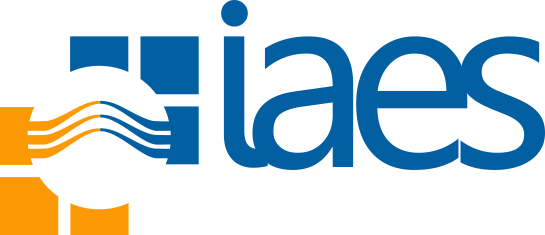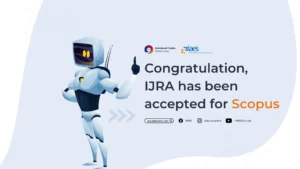Peer review is an important academic and professional process, where experts evaluate the work of their peers to ensure its quality. The process involves article submission, initial screening, selection of reviewers, the review process, decision-making, and publication or rejection.
During article submission, authors submit their articles to journals or conferences. Then, an initial screening is conducted to determine if the work fits the guidelines and is relevant to the scope of the intended journal or conference. After that, appropriate reviewers are selected to critique the article. Reviewers are usually anonymous to ensure impartiality. Reviewers will critique the article based on several criteria, and provide feedback, and recommendations for acceptance, revision, or rejection.
The editor will make the final decision based on the feedback from the reviewers. If the article meets the standards, it will be accepted for publication or presentation. Otherwise, the article will be rejected or asked to be revised.
Types of peer review:
- Single-blind review: the reviewer knows the author’s identity, but the author does not know the reviewer. This is the most common type of peer review.
- Double-blind review: neither the reviewers nor the authors know each other. This helps reduce bias.
- Open review: both reviewers and authors know each other. This can increase transparency but can also introduce bias.
- Post-publication review: the work is published, and the wider community is invited to review and comment on it. This can help identify issues that were not captured during the initial review process.
The Institute of Advanced Engineering and Science (IAES) follows a conventional single-blind review policy where the names of the reviewers are always concealed from the authors submitting the manuscript. At least three reviewers who are members of the editorial board or others of similar standing will review the submitted manuscript anonymously.
The editor may triage the submission and make a rejection decision without sending the paper for external review if the manuscript is of low quality or poorly presented. The editor’s decision is final, and no correspondence can be made regarding manuscripts that are not suitable for publication. All correspondence will be sent via email. The editors will notify authors of the review results as soon as possible, usually within 8-12 weeks.
By: I. Busthomi





